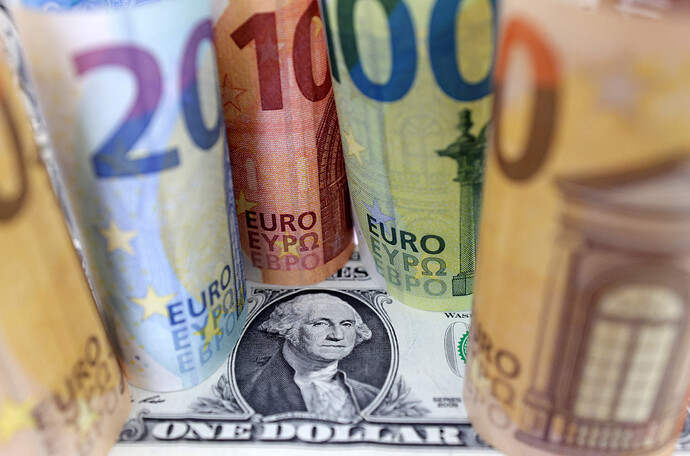Currency refers to any form of money that is used by individuals or countries to purchase goods and services, settle debts, and conduct international trade. It can take on various forms such as paper notes, coins, or digital currency, and has a long and complex history that is closely tied to the development of global economies and trade.
The first recorded evidence of the use of currency dates back to the ancient civilizations of Mesopotamia and Egypt. These societies relied on commodity money, a system where various goods such as salt, tea, or cattle would serve as a form of currency. The value of these goods was determined by their scarcity, durability, and usefulness.
As civilizations became more advanced and commerce increased, the use of metal coins emerged as a more convenient and universal form of currency. The Greeks, Persians, and Romans were among the first to produce standardized coins made from gold, silver, and copper. These coins had inscriptions and symbols that indicated their denomination and origin.
At the same time, paper money was also being developed by ancient China. As early as 9th century AD, the Chinese government issued paper money as a way to reduce the weight and bulk of coins. The practice of using paper money soon spread to other parts of the world, including Europe and the Americas.
The modern banking system as we know it today began to emerge in the 16th century when banks started issuing banknotes, a form of paper money that was backed by gold or silver reserves. These notes were more convenient to carry around than coins and could be exchanged for bullion upon demand.
In the 20th century, the use of fiat currency became widespread. Fiat money is currency that is not backed by a physical commodity such as gold or silver but rather by the faith in the issuing government. It’s valuable because it’s accepted by people as a means of payment and is protected by legal tender laws.
Today, the global economy is predominantly digital, and the use of digital currency is becoming more prevalent. Digital currency is a form of currency that exists only in electronic form. It can be exchanged for goods and services, transferred between parties, and used for investment purposes. Bitcoin, the world’s first decentralized digital currency, was created in 2009 and is still the most popular digital currency today.
The use of different currencies is a key aspect of international trade. The exchange rate between two currencies determines the relative value of goods and services in different countries. This means that a currency’s value can fluctuate on the foreign exchange market, depending on factors such as interest rates, political stability, and economic growth.
Central banks are responsible for regulating the supply of currency and managing its value. They implement monetary policies such as adjusting interest rates, buying and selling currencies, and regulating the money supply to influence economic growth and maintain stability.
In conclusion, currency has a rich and complex history that has evolved to meet the changing needs of global trade and commerce. With the rise of digital currency and the increasing interconnectedness of the global economy, it will continue to play a vital role in shaping our financial systems and ways of life.
Disclaimer
6do Encyclopedia represents the inaugural AI-driven knowledge repository, and we cordially invite all community users to collaborate and contribute to the enhancement of its accuracy and completeness.
Should you identify any inaccuracies or discrepancies, we respectfully request that you promptly bring these to our attention. Furthermore, you are encouraged to engage in dialogue with the 6do AI chatbot for clarifications.
Please be advised that when utilizing the resources provided by 6do Encyclopedia, users must exercise due care and diligence with respect to the information contained therein. We expressly disclaim any and all legal liabilities arising from the use of such content.














